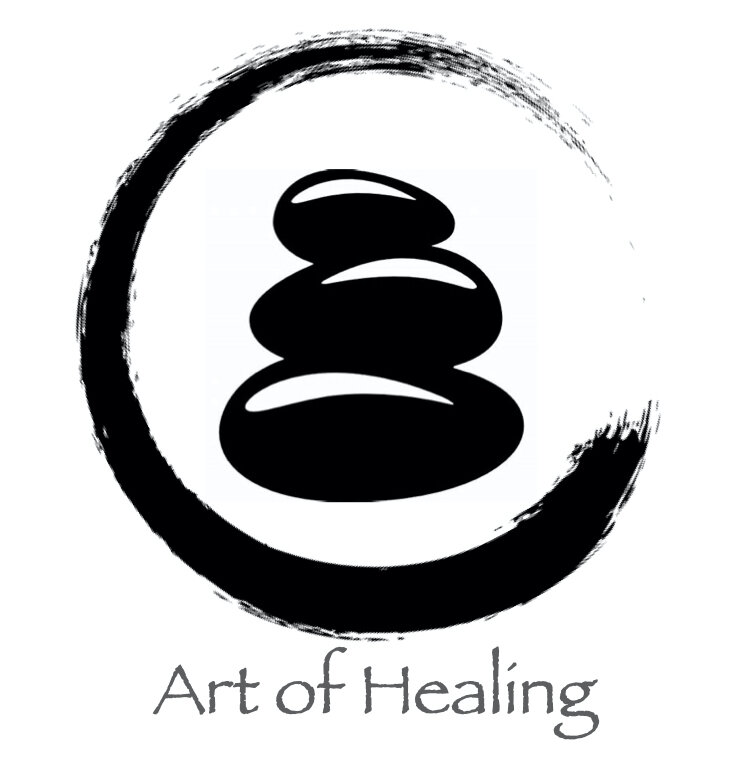
Specialties
Feeling like you can’t get off the hamster wheel and enjoy the present moment? Does it feel hard to relax and take time to be still? Feelings of worry, insomnia difficulty concentrating and losing track of belongings can leave us feeling panicked and overwhelmed. I use Cognitive Behavioral Therapy techniques, an evidenced based practice with the principle that if we change our thoughts we can change how we feel. Drawing, painting, collage, photography and other art forms can be an expressive way to learn about our thoughts, feelings and behaviors. I offer my clients a variety of tools incorporating nature, art, movement and mindfulness exercises to gain insight and increase awareness of mind and body connection to empower you to reduce anxiety and feel more at ease, calm and present moment awareness.
Anxiety
Loss of interest and motivation, irritability, difficulty sleeping, or sleeping excessively, low self esteem, substance use and thoughts of suicide can all affect our ability to maintain employment and relationships. I offer a safe space to integrate talk and art therapy (when appropriate and if my clients are open to it) to gain insight and develop coping skills to face difficult emotions. Art therapy engages the mind, body, and spirit in ways that are distinct from only using words. Using movement, senses, perceptions and symbolism, we can express ourselves in a way not possible using only words. This visual and symbolic expression empowers transformation so you can learn to live your life with inner peace, calm and quiet joy.
Depression
Grief is a normal process when we experience loss of some sort. Losses include loss of a loved one, job or career, pet and/or identity. Loss of a loved one, is an extremely painful process, whether by divorce, death or another form of separation. I have experience with individuals experiencing anxiety and depression as a result of trauma or grief and loss.
I am a Certified Creative Grief Practitioner and work with my clients to develop a new way to look at loss. We don’t “Move On” we “Move forward”. We don’t “Get over it” we “Get used to it”. We don’t leave the deceased behind, we develop a new relationship with them, including make repairs or deepen the relationship. Narrative therapy is incorporated into this process to develop a new story, a new relationship with loss, and a new path. Whether you are feeling stuck, want to increase insight into your grief and loss or work through your grief creatively, I offer a safe space to integrate talk therapy and creative outlets to gain insight and develop coping skills to face difficult emotions.
Grief & Loss
I use a variety of approaches to process trauma and work together with my clients to determine when and which modality will be most effective. I offer a safe space to gain insight into trauma and significant life events, and develop coping skills to face difficult emotions using a client centered approach based on the idea that we are experts in our lives. We build rapport and move cautiously and carefully to ensure a safe space before processing.
I am trained in providing Eye Movement Desensitization and Reprocessing (EMDR) therapy, a research-based integrative psychotherapy that helps with healing trauma (past or recent), PTSD symptoms, persistent negative beliefs about oneself and much more. An EMDR trained therapist uses a standardized protocol and proficient therapeutic skills to guide the client through the process. Many people find EMDR therapy to be quicker and more thorough than talk therapy when processing traumatic events.
Art therapy engages the mind, body, and spirit in ways that are distinct from only using words. Using movement, senses, perceptions and symbolism, we can express ourselves in a way not possible using only words. Many who live with a past trauma ind themselves disconnected or dissociated from their bodies. This is often the result of having felt threatened and physically unsafe during traumatic events. Learning to have a relationship with the body, is critical for recovering from trauma. In order to change, my clients can become aware of their sensations and the way that their bodies interact with the world around them'; through making art clients manipulate artwork outside themselves. By externalizing difficult pieces of trauma stories, my clients begin to safely access their physical experiences and relearn that their bodies are a safe place.This visual and symbolic expression empowers transformation to create a new path, and a new story
Trauma


